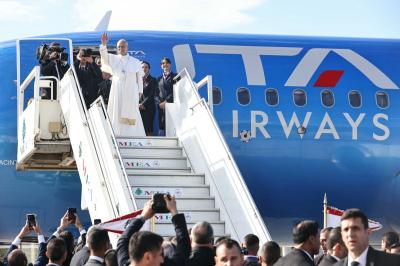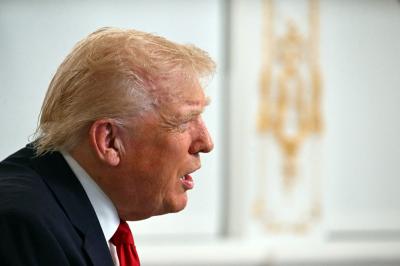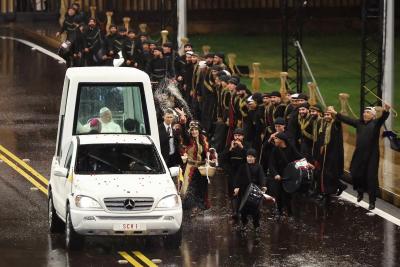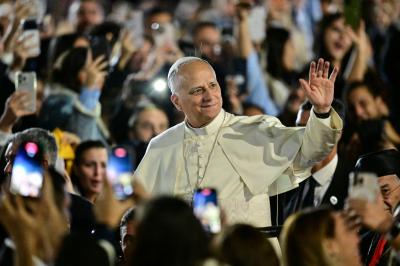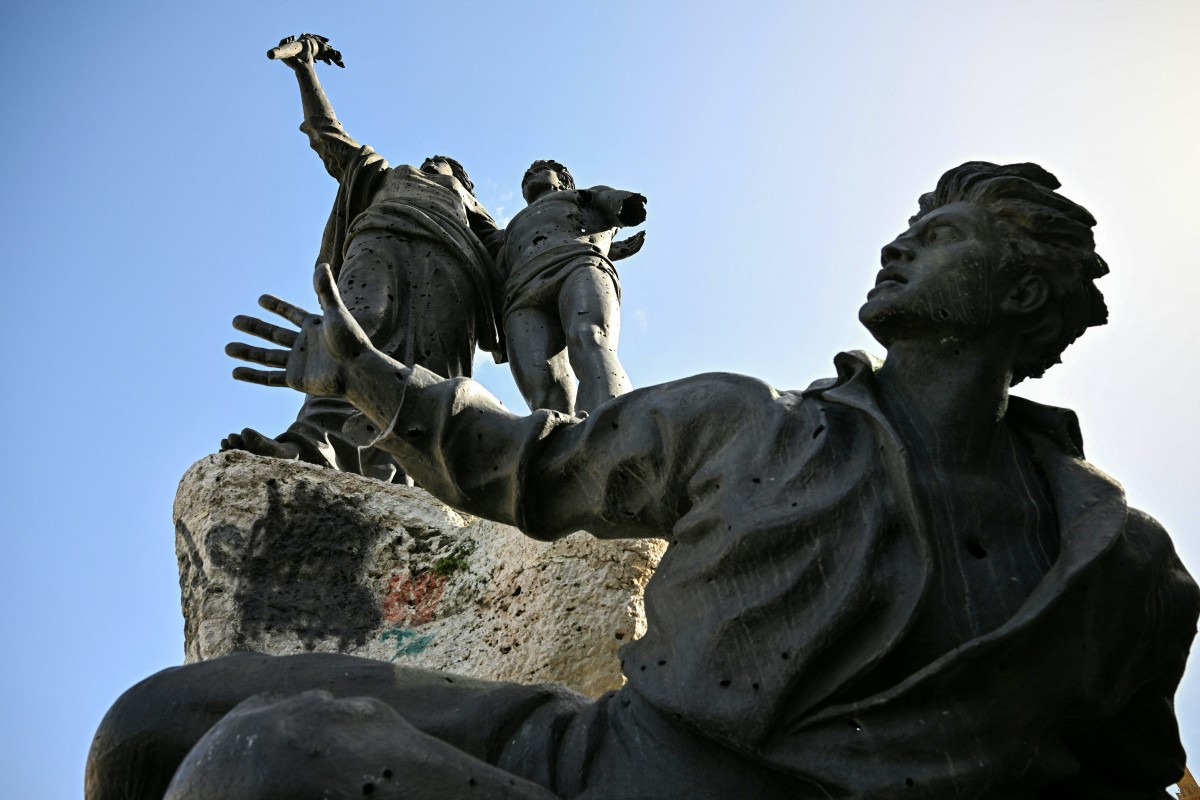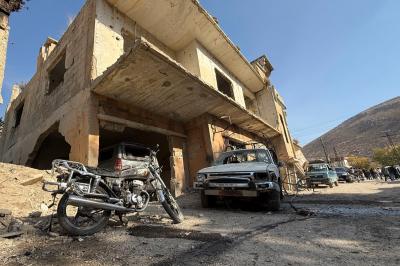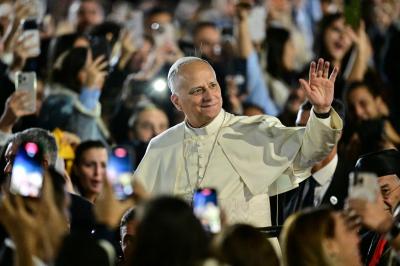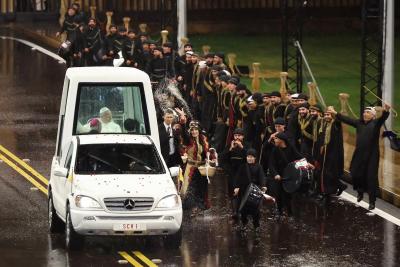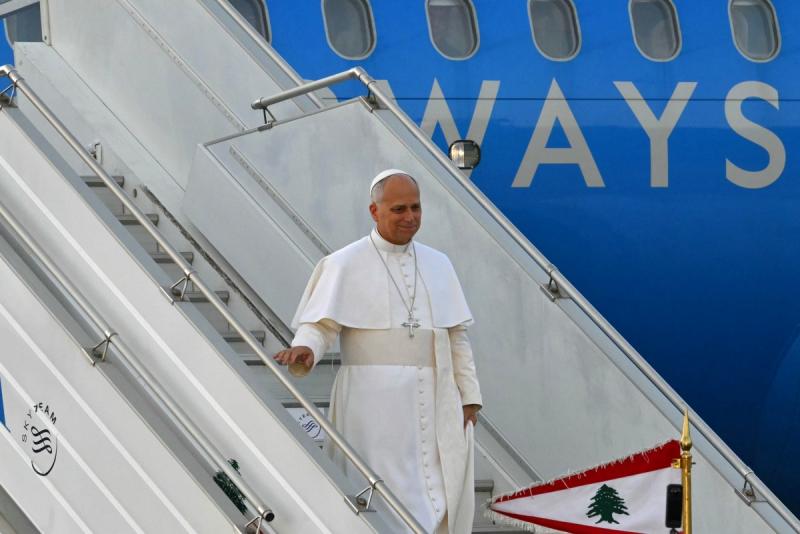Lebanese people are on the verge of forgetting—or neglecting—one of the most glorious milestones in their national history: a commemoration that, 109 years ago, brought together all sects and communities and laid the groundwork for the birth of Greater Lebanon in 1920, the foundational Constitution of 1926, and the hard-won independence of 1943. It is the memory of the martyrs executed by the Ottoman Empire in Beirut’s Burj Square on May 6, 1916.
This collective amnesia may be the result of the unrelenting waves of Lebanese martyrs who followed—those who fell in the nation’s many internal conflicts and in wars fought on Lebanese soil, often with Lebanese blood rather than foreign. It may also stem from the dual symbolism of that day, now also known as “Martyrs of the Press Day,” about the journalists and free thinkers who were hanged by Ottoman authorities.
Yet despite the passage of over a century, the memory of those martyrs must live on—at the very least as an official national occasion that reminds us of the profound meaning of their foundational sacrifice. Their legacy should inspire a continued commitment to national unity, one that transcends sectarianism and regional divisions.
Just as the blood of May 6’s martyrs was united, Lebanon—its state, its people, its institutions—must unify the memory of all who have since fallen in the many chapters of conflict that followed. No martyr should be ranked above another, categorized by affiliation, or forgotten in silence.
Nowhere was this spirit of shared sacrifice more vividly illustrated than during the Cedar Revolution, also known as the Independence Uprising, of March 14, 2005. On that day, all sects stood together in honoring their martyrs—Kamal Jumblatt, Bachir Gemayel, Rafic Hariri, René Moawad, Mufti Hassan Khaled, and many others who fell for their political beliefs or journalistic freedom, including lawmakers, media figures, opinion leaders, and religious authorities. The enduring disappearance of Imam Musa al-Sadr also remains etched in the national conscience.
If there is one powerful lesson to be drawn from the martyrs of May 6, 1916, and those of March 14, 2005, it is the national message of their united blood. These commemorations must go beyond symbolic gestures and folkloric displays. They must serve as a call to genuine unity.
Lebanon’s salvation lies in transcending the insular tendency to honor martyrs solely within one’s own sect. True national healing demands mutual recognition of all martyrs, regardless of the battlefield or foreign agenda under which they fell.
If Lebanon is to move toward stability and sovereignty, it must pass from the curse of sanctifying sectarian martyrs to the blessing of upholding martyrs of the nation. That path begins by reclaiming the deeper meaning of the sacrifice made in Burj Square—later renamed Martyrs’ Square, and eventually Freedom Square. In that name lies the blueprint for a free and unified Lebanon.
Please post your comments on:
[email protected]
 Politics
Politics
